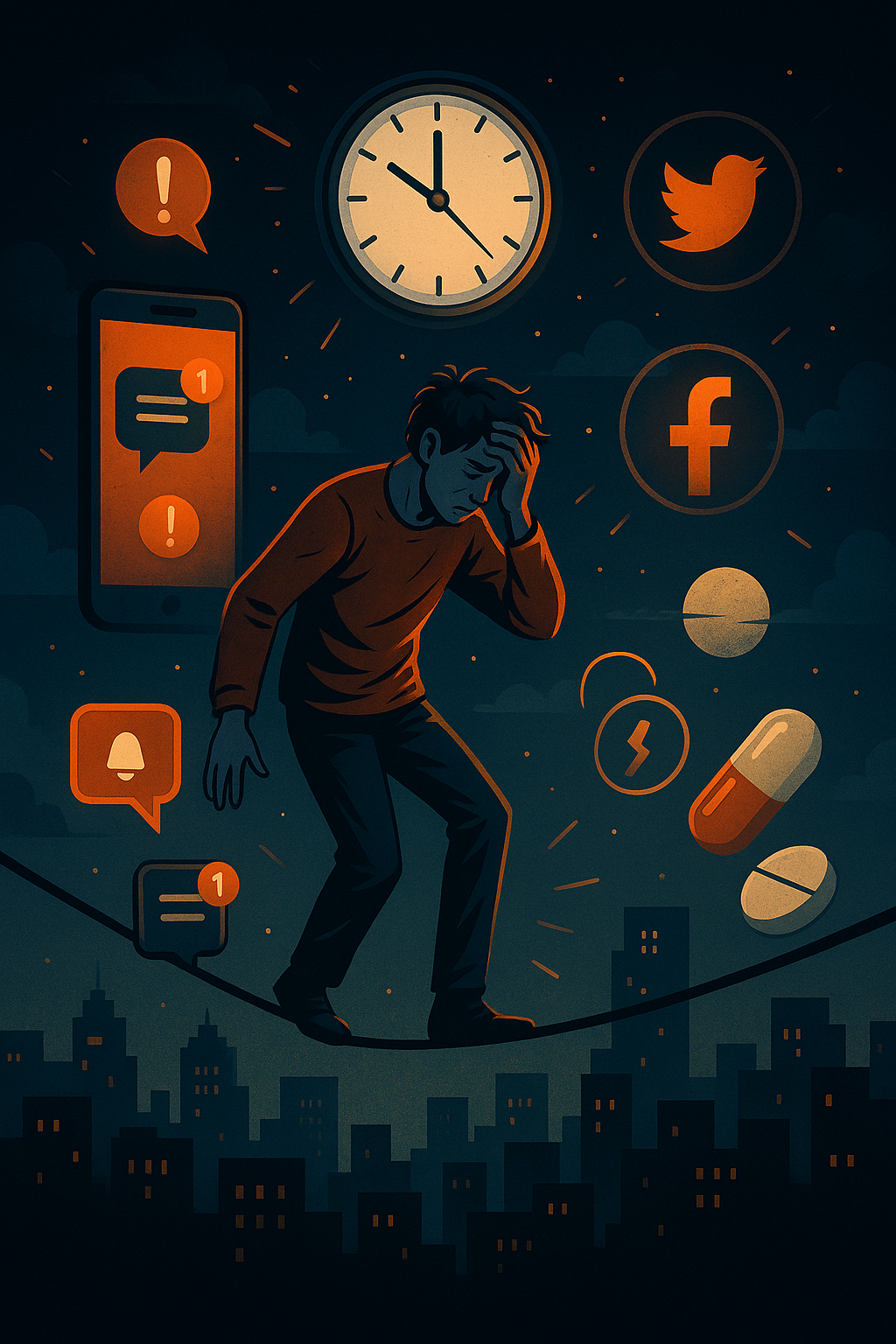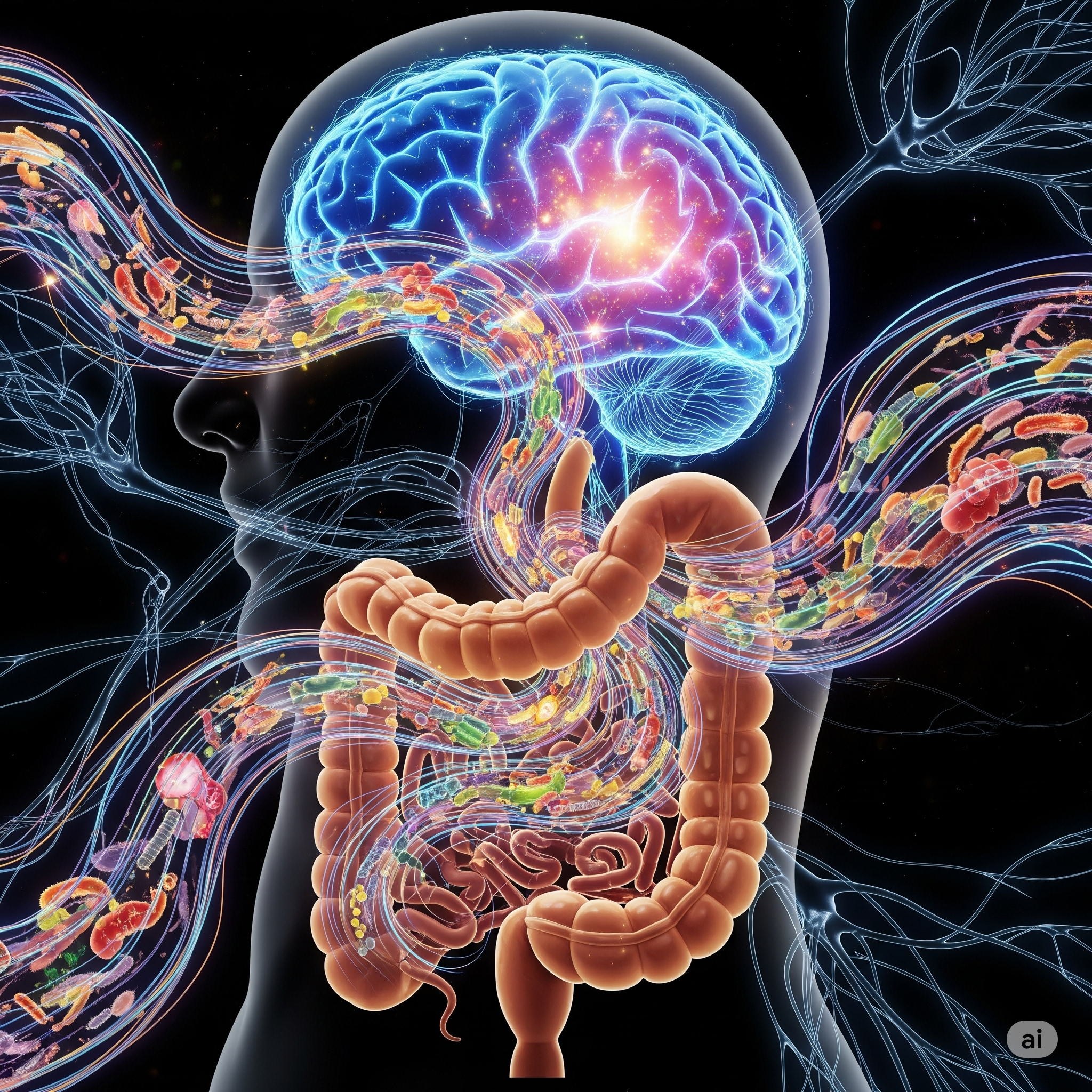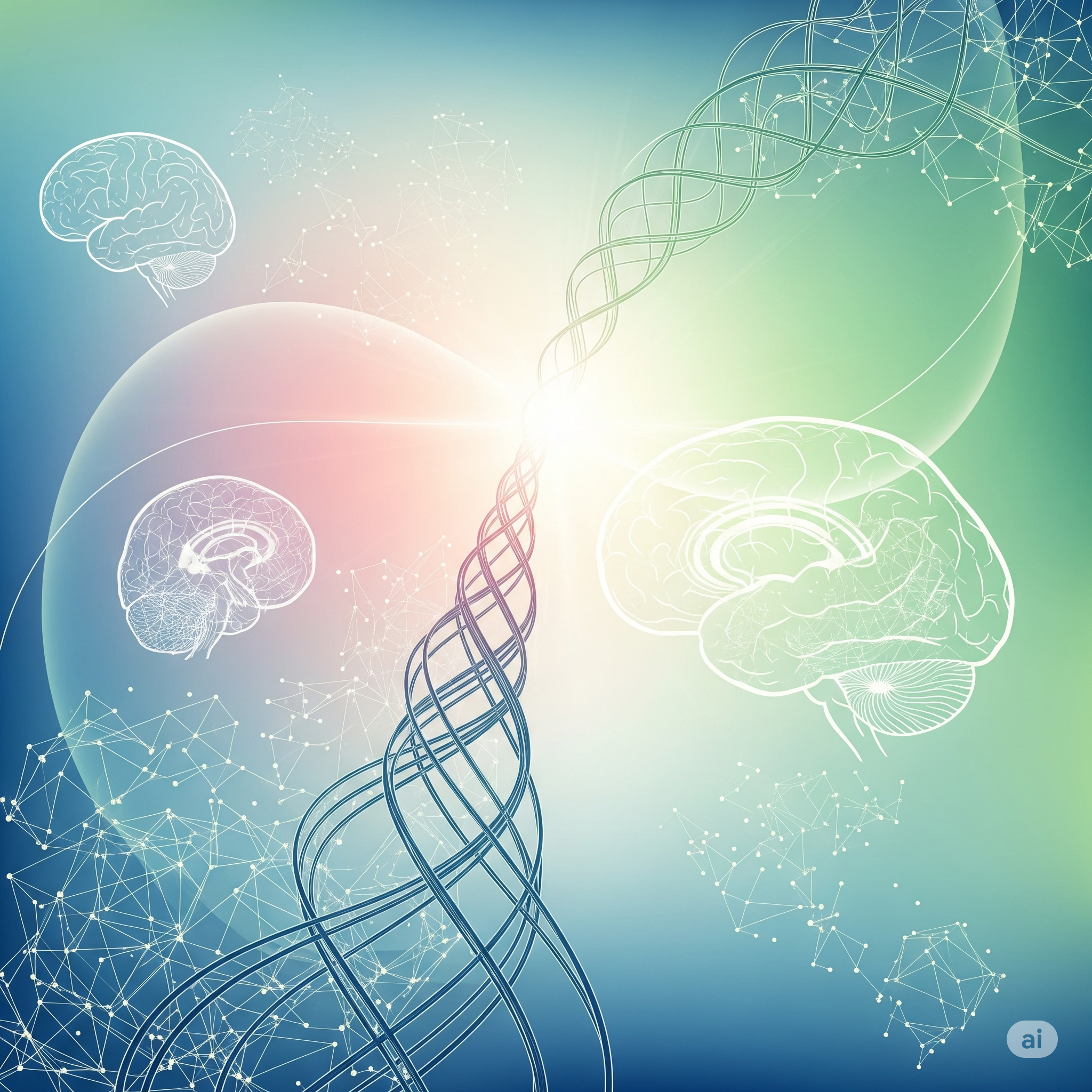Introduction
In the 21st century, anxiety has become more than just an occasional worry — it’s a way of life for millions. Whether it’s the constant notifications from our phones, the pressure to succeed, or a world that seems increasingly uncertain, anxiety disorders are on the rise like never before.
But why now? What is it about our modern world that is fueling this silent epidemic? And more importantly, what can we do — both as individuals and as a society — to combat it?
What Exactly Is Anxiety?
At its core, anxiety is a natural survival response. It’s our body’s alarm system — a mechanism that helped our ancestors react to danger, like a predator lurking nearby. But in today’s world, our brains often respond to emails and deadlines with the same biological urgency.
According to the DSM-5, anxiety disorders include conditions like:
- Generalized Anxiety Disorder (GAD)
- Panic Disorder
- Social Anxiety Disorder
- Specific Phobias
- Separation Anxiety Disorder
These are not just “nerves” or “overthinking.” They are clinical conditions that can be debilitating, affecting sleep, appetite, focus, and even physical health.
The Numbers Don’t Lie
- In 2024, the World Health Organization estimated that over 300 million people worldwide suffer from anxiety disorders.
- The numbers are especially alarming among young adults and healthcare workers, showing sharp increases post-COVID.
- Women are nearly twice as likely as men to be affected.
This isn’t just a mental health issue — it’s a public health crisis.
Why Are Anxiety Disorders Increasing?
1. The Overstimulated Brain
We are constantly connected. Smartphones, emails, social media, 24/7 news cycles — all of these bombard our brains with information. The result?
- Hypervigilance: Our nervous system is on high alert all the time.
- Decision fatigue: We’re overwhelmed by choices and data.
- Comparison overload: Social media distorts our perception of self-worth.
2. Biological Changes in the Brain
Studies show that chronic stress changes brain chemistry and structure:
- The amygdala (fear center) becomes more active.
- The prefrontal cortex (responsible for rational thought) is less engaged.
- Cortisol levels (stress hormone) remain elevated.
This creates a loop — the more anxious you feel, the more your brain adapts to expect threat, even when it’s not there.
3. Economic Insecurity and Societal Pressure
- Job instability, rising costs of living, and competitive work environments amplify anxiety.
- Young people face unprecedented pressure: student loans, uncertain futures, climate anxiety.
- Doctors and healthcare workers often live in a state of chronic stress, especially post-pandemic.
4. Sleep Deprivation and Lifestyle Factors
- Poor sleep hygiene (especially due to screen time) is both a cause and a consequence of anxiety.
- Caffeine, alcohol, and poor diet worsen anxiety symptoms.
- Lack of physical activity leads to poor mood regulation and increased inflammation.
5. The Breakdown of Community
- Urbanization, isolation, and the decline of real-world communities lead to loneliness.
- Loneliness has been shown to activate the same brain pathways as physical pain.
How Anxiety Manifests
Symptoms of anxiety can be both psychological and physical:
- Racing heart, sweating, chest pain
- Dizziness, nausea, trembling
- Constant worry or intrusive thoughts
- Avoidance behavior (social settings, public speaking, travel)
Some people suffer silent anxiety, masking it with high-functioning behavior. But inside, they’re battling storms no one sees.
How to Cope — What Actually Helps?
1. Cognitive Behavioral Therapy (CBT)
CBT is considered the gold standard for treating anxiety. It helps people:
- Recognize distorted thinking patterns
- Challenge irrational beliefs
- Develop healthy coping mechanisms
2. Mindfulness and Meditation
Mindfulness practices retrain the brain to stay present. MRI studies have shown:
- Reduced activity in the amygdala
- Increased gray matter in areas related to emotion regulation
Apps like Headspace and Calm make mindfulness accessible.
3. Exercise
- Aerobic exercise (running, swimming, even brisk walking) boosts endorphins and reduces cortisol.
- Regular movement acts as a natural anti-anxiety agent.
4. Medication
For moderate to severe cases, SSRIs (like sertraline or escitalopram) or SNRIs can be life-changing.
They regulate serotonin levels and improve emotional stability.
Important: Medication should always be prescribed by a psychiatrist, with regular follow-up.
5. Sleep Hygiene
Good sleep can literally reset the anxious brain. Tips:
- No screens 1 hour before bed
- Avoid caffeine after 2 p.m.
- Keep a consistent sleep-wake cycle
6. Social Support
Talking helps — not just to therapists, but to friends, family, mentors, support groups.
Humans are wired for connection. Anxiety thrives in isolation.
What Can We Do as a Society?
- Normalize mental health discussions — especially in medical schools and workplaces.
- Integrate mental health screenings in primary care settings.
- Create safe digital spaces instead of dopamine-triggering algorithms.
- Invest in mental health infrastructure, especially in underserved regions.
Final Thoughts
Anxiety is not weakness. It’s not “in your head.” It’s not something you can simply “get over.”
It is a real, biological, and psychological condition — but it’s also treatable.
We’re living in an anxious age, but by understanding the roots and science of anxiety, we can create a more compassionate, connected, and mentally healthy world.


